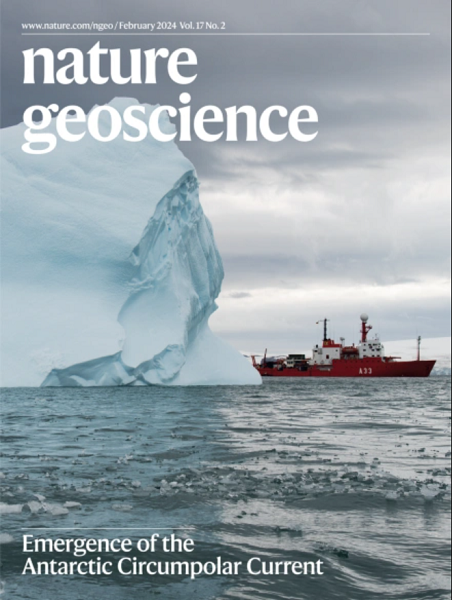Reversal of the impact chain for actionable climate information
IF 16.1
1区 地球科学
Q1 GEOSCIENCES, MULTIDISCIPLINARY
引用次数: 0
Abstract
Escalating impacts of climate change underscore the risks posed by crossing potentially irreversible Earth and socioecological system thresholds and adaptation limits. However, limitations in the provision of actionable climate information may hinder an anticipatory response. Here we suggest a reversal of the traditional impact chain methodology as an end-user focused approach linking specific climate risk thresholds, including at the local level, to emissions pathways. We outline the socioeconomic and value judgement dimensions that can inform the identification of such risk thresholds. The applicability of the approach is highlighted by three examples that estimate the required CO2 emissions constraints to avoid critical levels of health-related heat risks in Berlin, fire weather in Portugal and glacier mass loss in High Mountain Asia. We argue that linking risk threshold exceedance directly to global emissions benchmarks can aid the understanding of the benefits of stringent emissions reductions for societies and local decision-makers. Providing actionable climate information requires an end-user focused approach that links specific local climate risk thresholds with global emissions pathways.


可操作气候信息影响链的逆转
气候变化的影响不断升级,突显了跨越可能不可逆的地球和社会生态系统阈值和适应极限所带来的风险。然而,在提供可采取行动的气候信息方面的限制可能会阻碍预期的反应。在此,我们建议扭转传统的影响链方法,将其作为一种以最终用户为中心的方法,将特定的气候风险阈值(包括地方层面的)与排放途径联系起来。我们概述了社会经济和价值判断的维度,可以告知这些风险阈值的识别。三个例子突出了该方法的适用性,这些例子估计了为避免柏林与健康有关的高温风险、葡萄牙的火灾天气和亚洲高山冰川质量损失达到临界水平所需的二氧化碳排放限制。我们认为,将风险阈值超标直接与全球排放基准联系起来,有助于理解严格减排对社会和地方决策者的好处。
本文章由计算机程序翻译,如有差异,请以英文原文为准。
求助全文
约1分钟内获得全文
求助全文
来源期刊

Nature Geoscience
地学-地球科学综合
CiteScore
26.70
自引率
1.60%
发文量
187
审稿时长
3.3 months
期刊介绍:
Nature Geoscience is a monthly interdisciplinary journal that gathers top-tier research spanning Earth Sciences and related fields.
The journal covers all geoscience disciplines, including fieldwork, modeling, and theoretical studies.
Topics include atmospheric science, biogeochemistry, climate science, geobiology, geochemistry, geoinformatics, remote sensing, geology, geomagnetism, paleomagnetism, geomorphology, geophysics, glaciology, hydrology, limnology, mineralogy, oceanography, paleontology, paleoclimatology, paleoceanography, petrology, planetary science, seismology, space physics, tectonics, and volcanology.
Nature Geoscience upholds its commitment to publishing significant, high-quality Earth Sciences research through fair, rapid, and rigorous peer review, overseen by a team of full-time professional editors.
 求助内容:
求助内容: 应助结果提醒方式:
应助结果提醒方式:


